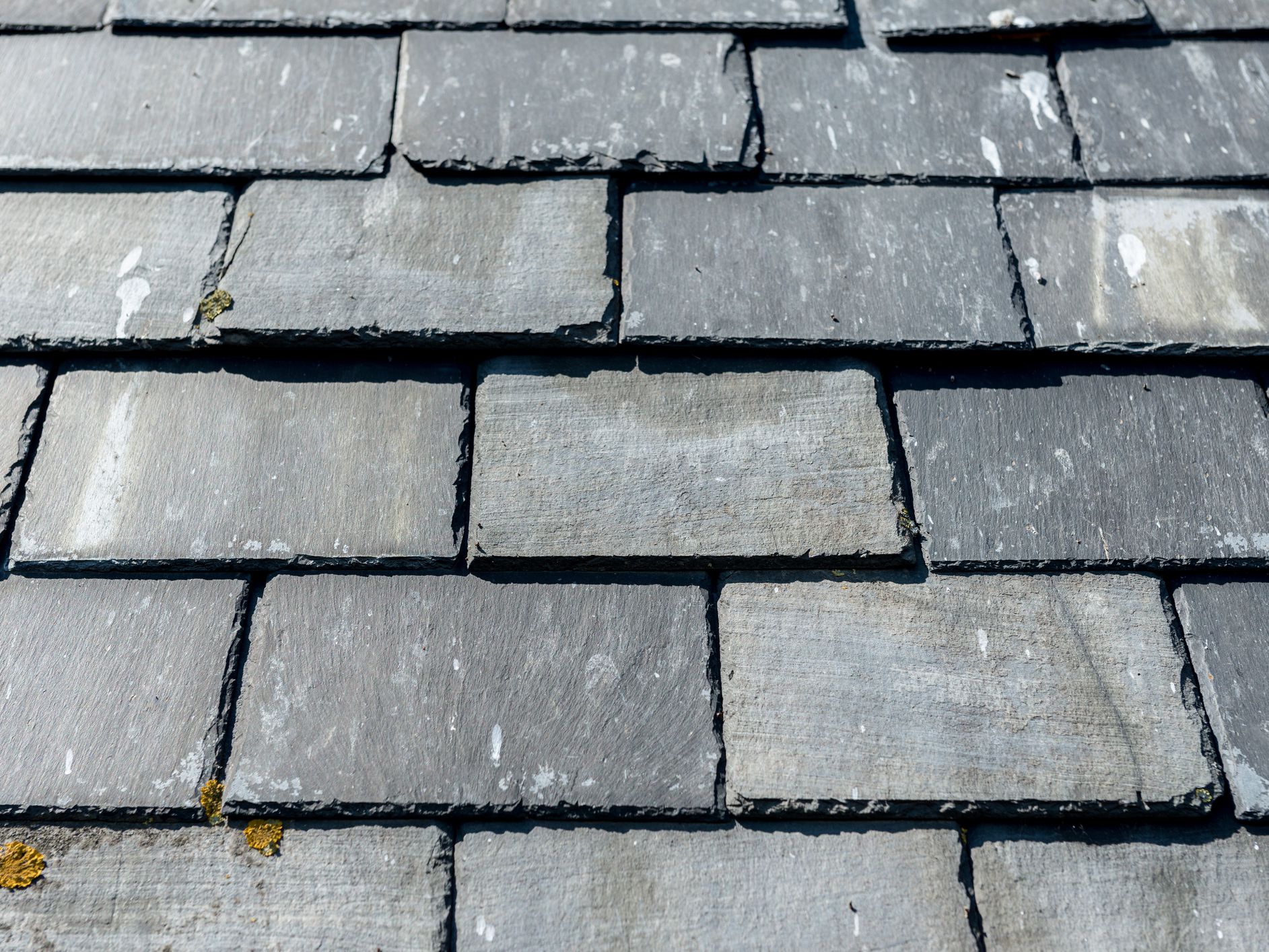
Why Choosing Slate Tiles For Roof?
When deciding to use slate tiles on your roof, there are a few things you should know. The most important characteristic of slate is its color, but there are other factors to consider, including exposure, coursing, and texture. Knowing these details before committing to slate will ensure your roof is installed correctly and that the results will be as desired. Read on for more information. After all, you want to protect your investment for years to come.
slate tiles for roof come in many colors, including black, gray, and a multitude of others. Multicolored slates are a beautiful way to add interest to your roof. These tiles are available in many different sizes, ranging from 12″ long x 6″ wide. Slates that have different colors are stacked in a way that emphasizes the patterning. Most property owners use two or four different colors to create the look they desire. A combination of semi-weathering colors can make the transition easier to manage.
Because slate tiles for roof are naturally durable, they can outlast other roofing materials. In fact, a properly installed slate roof can last for 150 to 200 years! That’s a lot of life, and a slate roof can even outlast multiple generations! That said, you should not use slate for your roof unless you’re sure you’ll be able to afford it. However, if you do decide to install slate on your roof, remember to do your homework. You should always check your roofing regularly to make sure no broken tiles are developing.
Slates are also highly energy-efficient. Because of their density, they keep a home cooler in summer and warmer in winter, reducing energy bills. Slate is also a fire-resistant material, withstanding high heat and temperatures. Another important aspect of slate that makes it a great choice for a roof is that it is a natural product of the Earth and doesn’t need any additional processing. As a result, it is free from toxins and harmful chemicals.
When choosing slate tiles for roof, consider the thickness of the slate. Slates can vary in thickness, and the higher the slate, the lower the roof pitch. Typically, a slate roof is two-thirds of an inch at the eaves. Slates are rated in thickness based on their length and eaves. If you’re planning on laying slate on a roof that is more than one-third of an inch, you’ll need to use more than a quarter-inch slate.
slate tiles for roof are still produced by hand. This process involves five steps. First, a large irregular block of slate is cut with a saw across the grain. Next, the slate slab is split with a mallet along its cleavage planes. This process creates a slate slab with a desired thickness. Next, the slate is prepared to be installed on the roof. As you work to install the slate, be sure to check the shingle thickness before installing.